Museo de Baler explores the fascinating progress of Baler from just seven families who survived a tsunami in 1735—to its thousands today. It’s amazing to learn how their small community thrived and how one of their people rose up to ranks and became a leader of the entire country. You can also discover here how this small and quiet town in the north has impacted the country during the revolution against the Spanish, Japanese and Americans.
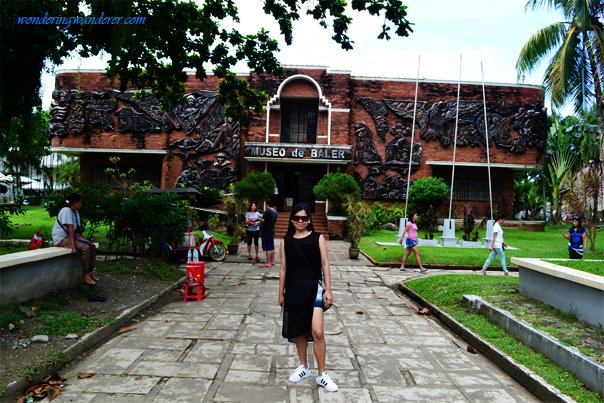

This museum also takes you back as far as the time before the Spaniards arrived in the Philippines. Images of the natives and artifacts of their primitive tools are neatly presented here. Replicas have been made as well to give you a better look and feel of the items they were using long ago. Old pictures of how their fashion evolved are elegantly displayed here. Photos of the natives wearing necklaces of beads only for their tops were successfully captured and exhibited here. The more modern natives were able to sew blue clothes and red skirts in a more clever fashion.

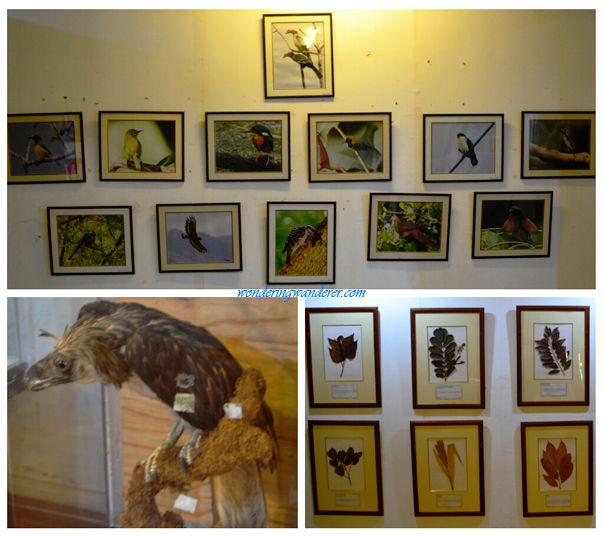
From farming and fishing, Baler’s new source of livelihood is now surfing. Tourists are now flocking to Baler to enjoy riding its wild waves and enjoy its other natural wonders. Visitors can also enjoy watching its variety of colorful birds. They also have a list of plants that were imported from Mexico during the galleon trade. These were mostly brought by friars who visited Baler.
Spanish Occupation
The Spanish conquest of the Philippines during the Renaissance era is depicted with quality art. The colorful paintings about their struggles to enter the country using their large warships are full of life and emotion. We can also see how typhoons here in the country have been an ongoing problem even during their days. The one that they’ve encountered was strong enough to tear down some of their large cannon ships. A miniature model of their galleon ships was finely crafted and well detailed. I guess it was also the introduction of modern art to the Philippines during their days.
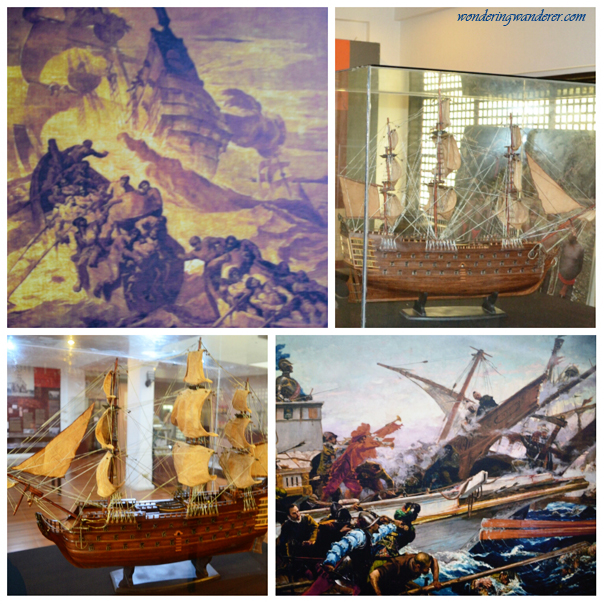
The great effort of the Roman Catholic missionaries to evangelize the natives and their strong presence during the Spanish settlement has a good section in this museum. The priests’ power and influence in the community and the government during those days were overwhelming. Based on the wall transcript in this museum, Christianized locals were called Indios and non-Christian indigenous communities were called the derogatory term Salvajes or Infieles. The Franciscan missionaries were well received by the locals and were able to make successful ties with them. Letters, reports, and drawings from those days were successfully preserved and are now displayed in this museum.

Revolution
More than 300 years of Spanish occupation in the Philippines and the oppressions along with it would inevitably erupt a revolution. The patriotic group that worked on this goal is the KKK. KKK would sound like an oppressive and racist white supremacist group for Americans but here in the Philippines, they’re honored as a heroic team who strived to win the country’s freedom and independence. The KKK here stands for Kataas-taasan, Kagalang-galangan, Katipunan ng mga Anak ng Bayan (Supreme and Honorable Society of the Sons of the Nation) or simply known as the Katipunan.
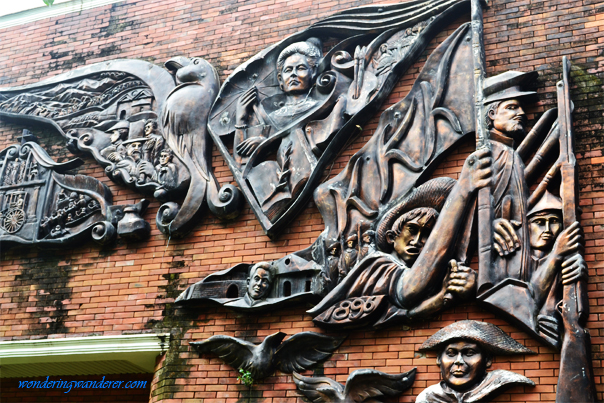
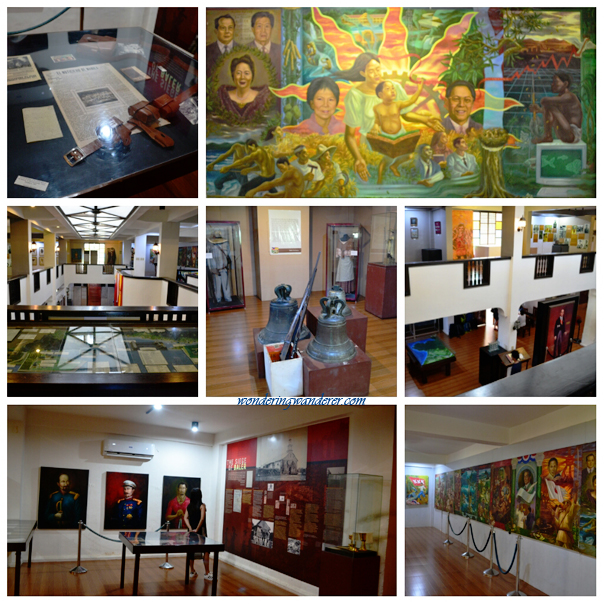
A film called Baler in 2008 starring Anne Curtis and Jericho Rosales creatively depicted the Siege of Baler. It’s about how the Spanish soldiers garrisoned a church (San Luis Obispo de Tolosa) to protect themselves from the Katipunan’s revolutionary soldiers without knowing that they were defending Spain’s last stand in the Philippines. Because of a lack of external communication, the Spanish soldiers here kept defending this area because they weren’t aware of their country’s defeat. They were given a chance to surrender and were brought several Spanish newspapers announcing that Spain lost the war but their leader Martín Cerezo dismissed those as bogus. He later read an article from a close friend and got convinced that the newspapers were genuine which led him to surrender. The resistance lasted for 337 days and marked the end of the Spanish empire in the Philippines.
Hero from South Korea
Based on the majority of the displays here, I can say that they highly recognize the Katipunan heroes and the revolutionaries. Perhaps their heavy emphasis on the brave men and women who fought during the revolution inspired Sergeant Loreto V. Bihasa. He was honored by Baler as one of the town’s heroes and his life story was turned into a movie. Posted on the wall, it says that “He was a soldier of the Philippine Battalion Combat Team that was sent to Korea in the 1950s. He became a famous local hero because of his exploits in Hill 191, a battleground in Chorwon, Korea. When the place was attacked by the invading Chinese forces, Ka Ending was the only soldier who survived. After the war, a movie titled “Hill 191” starring Vic Vargas as Sgt. Loreto Bihasa was made.”
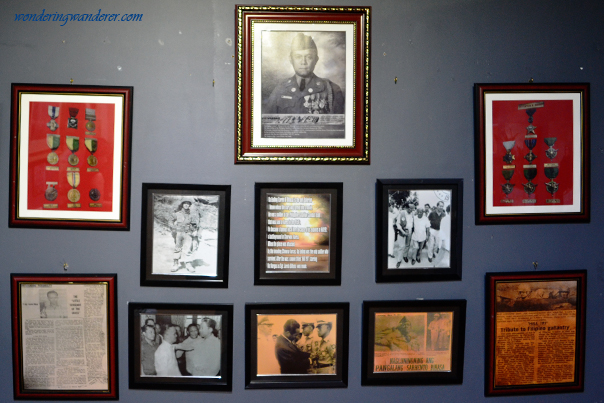
Most Honored Couple in Museo de Baler
Let’s not forget about Baler’s most revered couple, former president Manuel L. Quezon and former first lady Doña Aurora Quezon. The couple’s devotion and tremendous efforts to help improve the lives of our countrymen didn’t go unnoticed. People of Baler can’t help but love them because of the great honor and pride that they gave their town. One of Manuel Quezon’s famous quotes is “My loyalty to my party ends where my loyalty to my country begins.” Even the Jewish Community greatly honors our former president. During the Holocaust, no country would open up its doors to accept the 1,200 Jews as refugees but Manuel Quezon welcomed them. It’s amazing how the Jews had to travel all the way from Europe to Southeast Asia for their sanctuary. Because of his kind act, we Filipinos can tour Israel visa-free for 90 days since 1969. The former president didn’t just give honor to Baler but to the entire country as well.

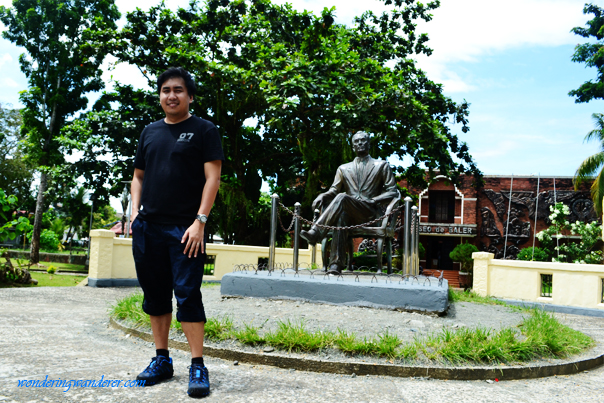
Museo de Baler Info
Address: Quezon & T. Molina Street, 3200 Baler, Aurora
Operating Hours: 8:00 AM – 5:00 PM (Mon-Sun)
Entrance Fee: P30.00
*Covers both Doña Aurora House and Museo de Baler

3 thoughts on “Museo de Baler – Aurora Province”